1. “Mary Had a Little Lamb”—A” Tragic Tale of Loyalty and Grief
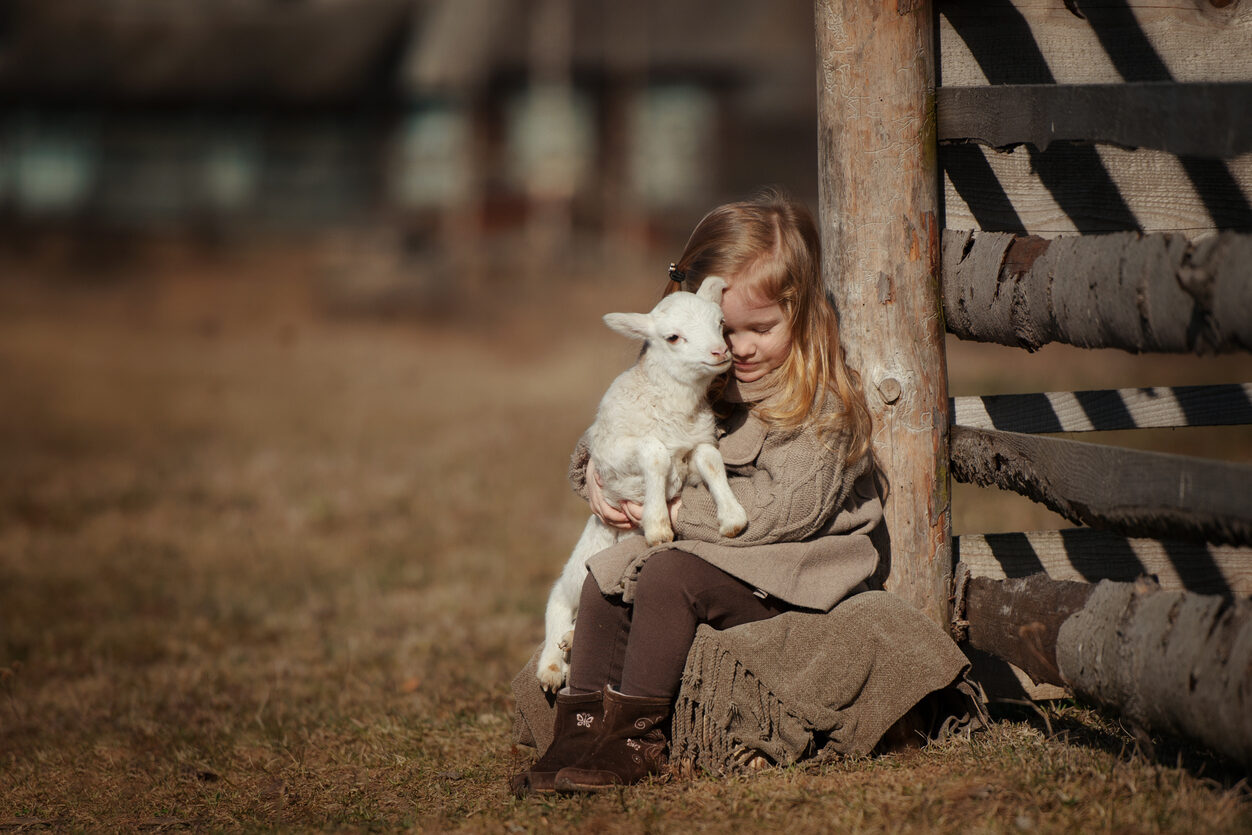
At first glance, “Mary Had a Little Lamb” seems like an innocent, heartwarming song about a girl and her adorable, devoted pet lamb. The lyrics paint a picture of a fluffy white lamb following its beloved owner to school, refusing to leave her side. The song is often sung in classrooms and nurseries as a cheerful tune about love, friendship, and devotion between a child and her pet. It’s one of the first songs many children learn, and it gives off an impression of warmth, comfort, and pure childhood joy. According to Modern Farmer, the real-life inspiration behind the song is much more melancholic than most people realize.
The song was based on the true story of Mary Sawyer, a young girl from Massachusetts in the early 1800s who actually had a pet lamb that followed her to school. But what many people don’t know is that the story ends in tragedy—her beloved lamb was later killed by a group of boys who attacked it. The innocence of the original story gets overshadowed by the brutal reality of animal cruelty that took place. While the song itself doesn’t reference the lamb’s fate, the real-life event behind it turns this seemingly sweet nursery rhyme into a heartbreaking reminder that not all childhood memories end happily.
2. “Baa Baa Black Sheep”—A” Song About Heavy Taxation and Exploitation
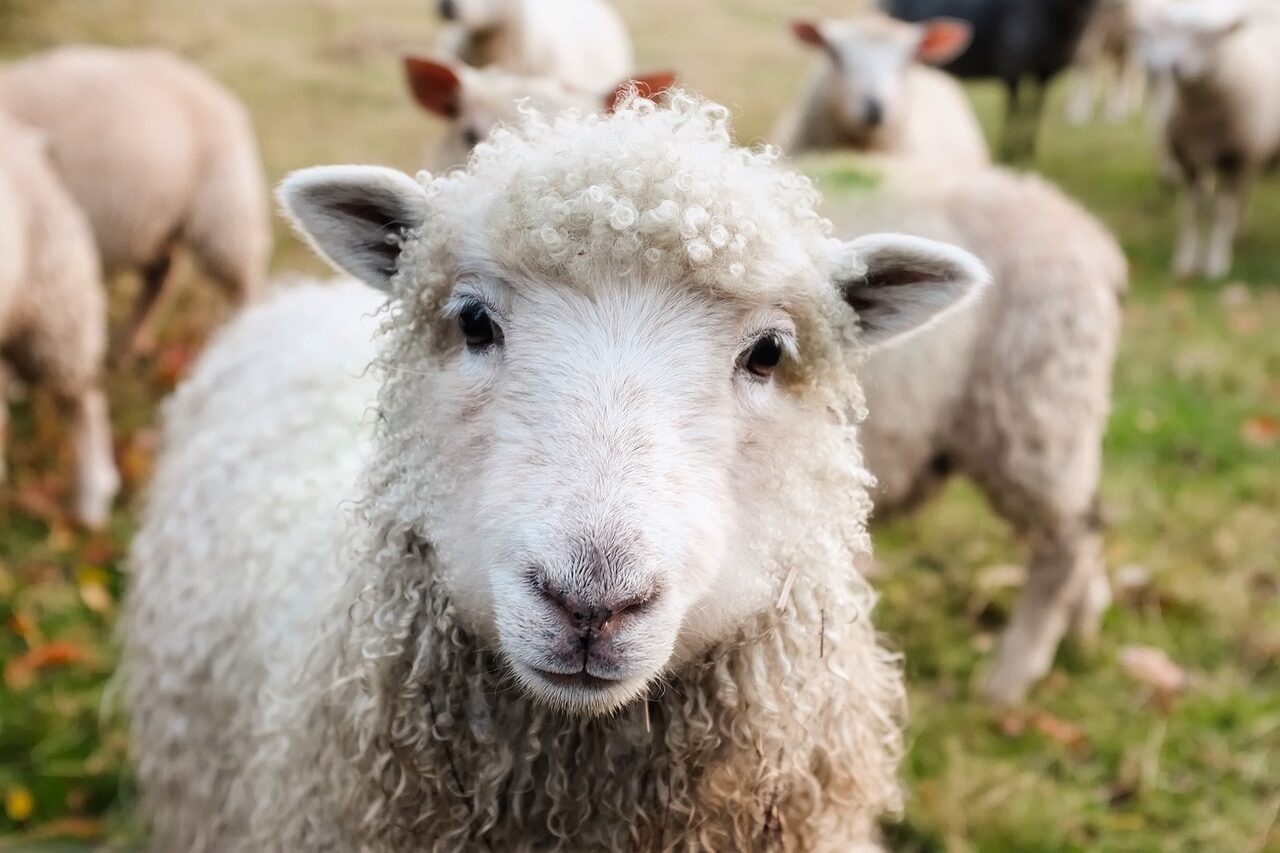
“Baa Baa Black Sheep” is one of the most recognizable nursery rhymes, often sung to babies and toddlers as a gentle lullaby about a sheep generously sharing its wool. At face value, the song appears to be a simple tune about generosity and fairness, as the sheep gladly hands out its wool to the master, the dame, and the little boy down the lane. It’s often viewed as a harmless childhood classic that introduces kids to animals, farm life, and sharing. However, beneath the surface, this seemingly cheerful song is actually a historical reference to harsh economic exploitation and oppressive taxation.
The origins of “Baa Baa Black Sheep” date back to medieval England, specifically the 1275 wool tax imposed by King Edward I, according to the BBC. During this time, the wool industry was booming, but heavy taxation meant that the monarchy and the elite took most of the profits, leaving farmers and commoners struggling. The “master” in the song represents the king, the “dame” symbolizes the church, and the “little boy down the lane” refers to the common people, who received very little. What sounds like a cute song about a fluffy sheep is actually an allegory for economic oppression and how the rich benefit at the expense of the poor.
3. “Rock-a-Bye Baby”—A” Terrifying Song About a Child Falling to Its Doom
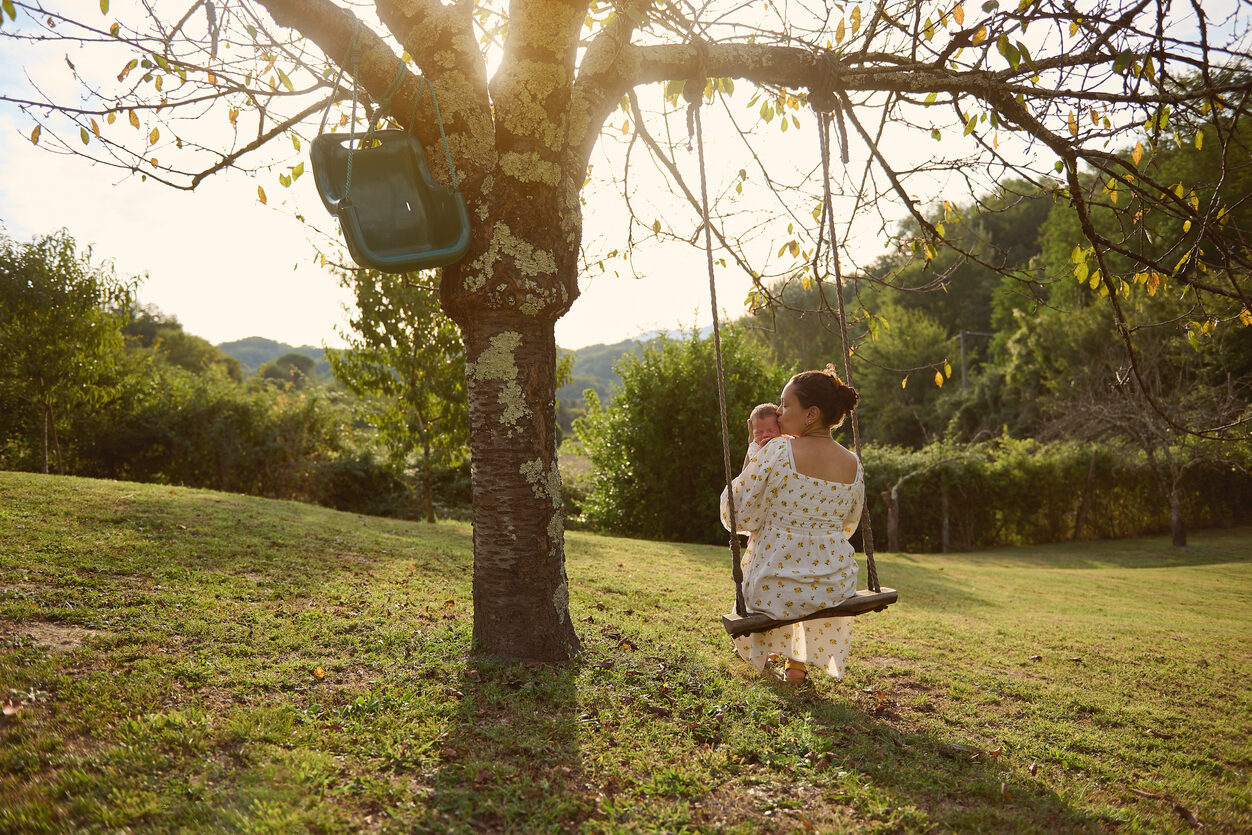
“Rock-a-Bye Baby” is a song that has been sung to infants for generations, its soft melody making it a go-to lullaby for parents trying to soothe their children to sleep. The imagery of a baby rocking gently in a cradle high up in a tree sounds almost whimsical at first, like a peaceful nature scene. However, when you actually stop and listen to the lyrics, the song becomes far more unsettling. It describes a baby rocking in the treetops until the wind blows, causing the cradle to break and sending the infant plummeting to the ground. That’s not exactly the comforting image you’d expect in a lullaby meant to lull children into sleep.
There are multiple theories about the song’s origins, but none of them are particularly cheerful. Some believe it was inspired by early American settlers who placed cradles in trees to keep babies safe from wild animals—though clearly, the danger of falling was an ever-present risk. Others suggest it was a political satire referencing the fall of King James II and his son during the 17th century. Regardless of its true meaning, “Rock-a-Bye Baby” is undeniably one of the creepiest lullabies in existence, disguised under the soft, sweet melody that has been sung for centuries.
4. “Old MacDonald Had a Farm”—A” Song About Industrial Farming and Animal Suffering

“Old MacDonald Had a Farm” is one of the most cheerful and engaging songs for children, introducing them to various farm animals through playful sounds and repetition. The song paints an idyllic picture of a joyful farmer surrounded by happy cows, pigs, chickens, and sheep, all living harmoniously on his land. Kids love the song because of its interactive nature, allowing them to make fun animal noises while imagining a peaceful farm setting. It seems like a wholesome tribute to rural life, celebrating the beauty of nature and the animals that provide food and companionship. However, when examined from a modern perspective, the song takes on a much darker meaning—one that is far removed from the cheerful, innocent world it presents.
Today, farming is no longer the simple, picturesque lifestyle that “Old MacDonald Had a Farm” suggests. In reality, industrialized farming has led to the suffering of billions of animals, raised in confined spaces under horrific conditions. Modern farms are often nothing like the charming, open fields described in the song; instead, they are massive factories where animals are packed into tiny cages, fed artificial diets, and eventually slaughtered en masse. The happy “moo moos” and “oink oinks” children sing along to are actually sounds of distress in many real-life farms. The song, once a fun and educational tune, now serves as an unintentional reminder of how farming has shifted from a natural, humane practice to an industry built on mass exploitation.
5. “Three Blind Mice”: A Brutal Story of Mutilation and Punishment
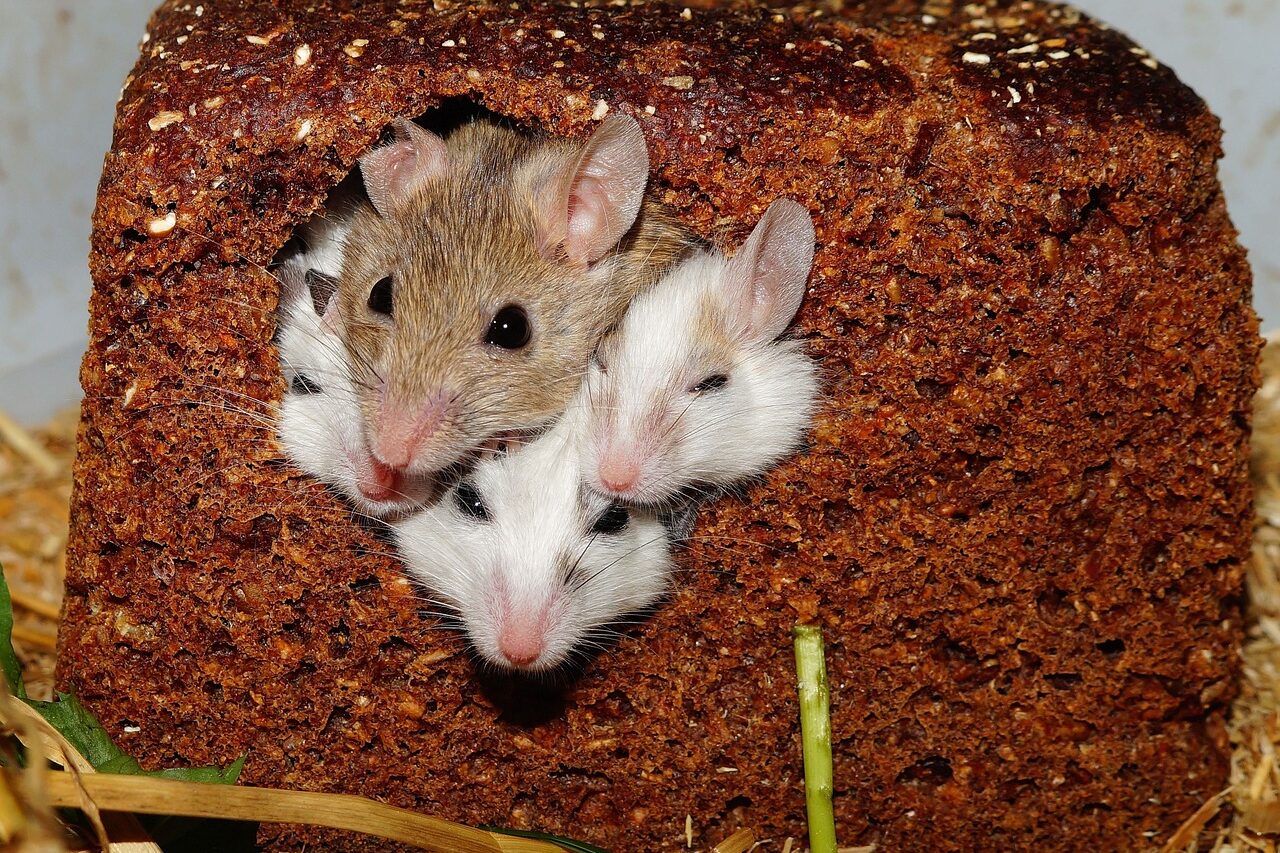
“Three Blind Mice” is another childhood classic, often sung in classrooms and at home because of its catchy tune and simple lyrics. The song tells the story of three mice that, despite being blind, attempt to run away but ultimately meet a terrible fate at the hands of the farmer’s wife. Children love singing about the mischievous mice, imagining them scurrying around in playful chaos. The song’s lighthearted rhythm and repetition make it seem like just another silly nursery rhyme about animals, perfect for young learners. But a closer look at the lyrics reveals something disturbingly violent.
The farmer’s wife doesn’t just scare the mice away—she chops off their tails with a carving knife. This turns the song from an innocent animal tale into something much darker: a gruesome depiction of animal cruelty and mutilation. Some historians believe the song was originally a reference to the persecution of Protestants under Queen Mary I of England, also known as “Bloody Mary,” who brutally executed those who opposed her reign. The “three blind mice” supposedly represent three noblemen who were accused of plotting against her and were ultimately tortured and executed. Whether viewed as a political allegory or a horrifying case of animal abuse, “Three Blind Mice” is far from the innocent nursery rhyme it appears to be.
6. “Do Your Ears Hang Low?” A Mocking Song with Dark Origins
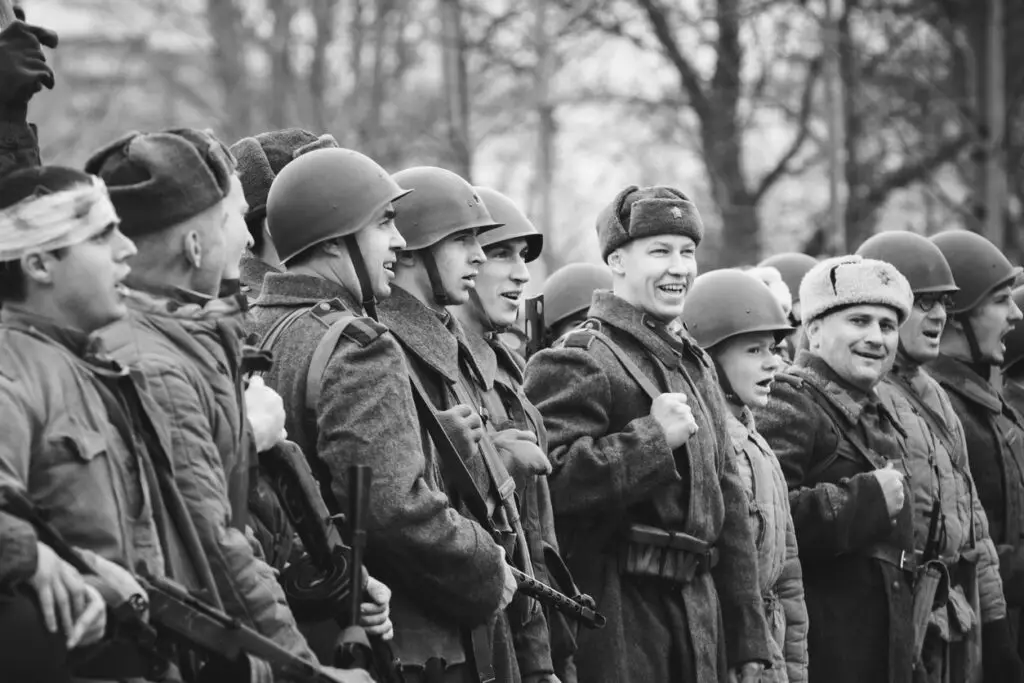
“Do Your Ears Hang Low?” is a song filled with funny, exaggerated imagery about floppy ears hanging, tying in knots, and flapping around. It’s commonly sung by children, often accompanied by silly gestures that mimic the lyrics. The song’s ridiculous nature makes it seem like nothing more than a playful tune, and its melody is light and bouncy, adding to the sense of harmless fun. Kids laugh while pretending to tie their imaginary long ears into a bow, never questioning where the lyrics originally came from. However, the real history behind this song is far from amusing.
Many scholars believe the song originated as a crude military chant used to mock soldiers, particularly those with long, drooping noses or ears. Even worse, some theories suggest that the song has racist undertones, as it may have been used to ridicule African American slaves or people with physical differences. According to The Laramee Filter, while the modern version has been softened into a goofy children’s song, its origins hint at a troubling past filled with prejudice and cruelty. What was once a derogatory song meant to humiliate people has now been repackaged as a fun tune for kids, showing how history often reshapes uncomfortable truths into something more palatable.
7. “The Farmer in the Dell”—A” Song About Isolation and Abandonment
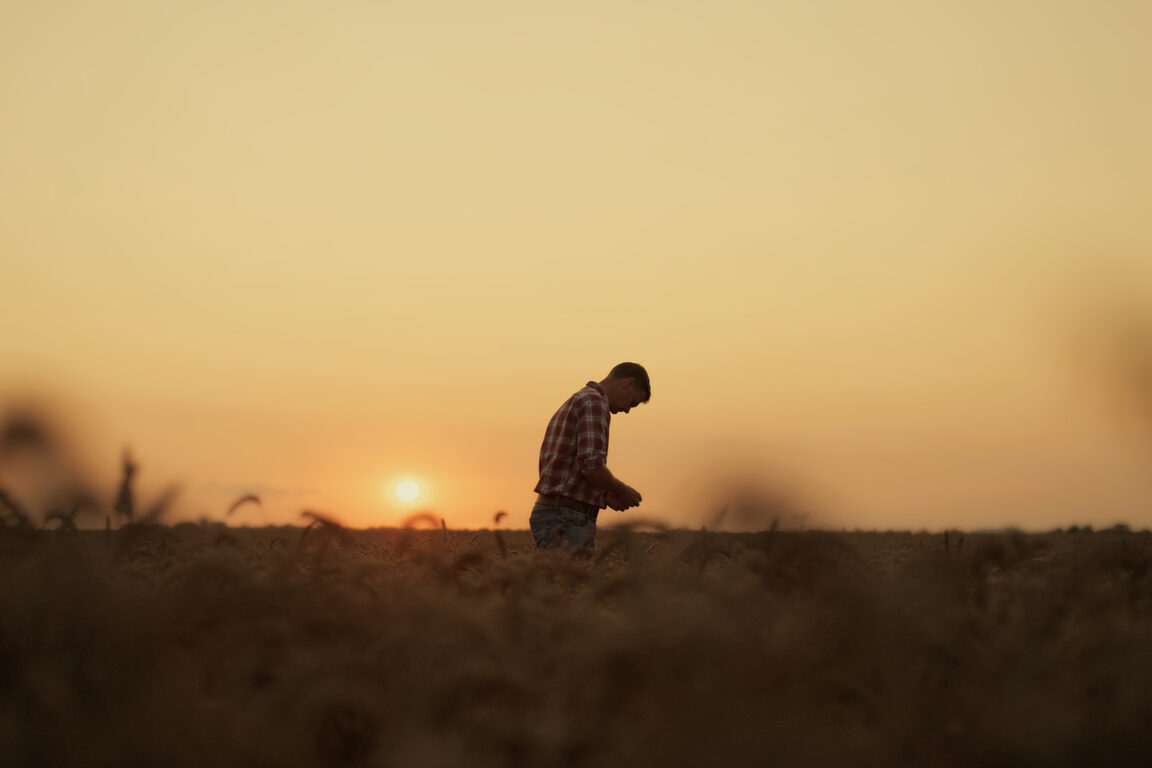
“The Farmer in the Dell” is a game-song commonly played in schools, where children form a circle while acting out different characters from the lyrics. The song starts with a farmer who then picks a wife, who picks a child, who picks a dog, and so on. The last line, “The cheese stands alone,” always seems humorous to kids—after all, why is cheese the final character in this little chain of selection? The song appears to be an innocent, interactive way to teach children about different roles in a farming community, but a deeper analysis reveals something far more unsettling.
If you really think about it, “The Farmer in the Dell” is a grim story about loneliness and social exclusion. The song gradually isolates each character until, at the end, the cheese—representing the weakest, most insignificant figure—is completely alone. Some interpretations suggest that the song represents social hierarchy, where the most powerful (the farmer) gets to choose freely, while those further down the chain have little control over their fate. In older versions, the song was even used as a metaphor for arranged marriages, where people were “selected” without their consent. No matter how you look at it, the song isn’t as joyful as it seems—it’s a harsh reminder that, in the end, someone always gets left behind.
8. “Ring Around the Rosie”—A” Cheerful Tune About the Plague

“Ring Around the Rosie” has been sung by children for centuries, often as part of a delightful circle game where kids hold hands, spin around, and fall to the ground giggling. The playful nature of the game makes it seem like just another silly childhood rhyme, filled with nonsensical words and whimsical gestures. At face value, it sounds like an innocent song about flowers, pockets, and laughter. According to Wikipedia, the eerie truth behind this nursery rhyme is that it may actually be a macabre reference to one of history’s deadliest pandemics—the black plague.
Many historians believe that “Ring Around the Rosie” describes the horrific symptoms of the bubonic plague, which devastated Europe in the 14th century. The “ring around the rosie” is thought to refer to the red, ring-like rashes that developed on infected individuals. “A pocket full of posies” alludes to the practice of carrying flowers or herbs to mask the smell of death in plague-ridden cities. The phrase “ashes, ashes” may represent either the sneezing and coughing fits that accompanied the illness or the widespread cremation of bodies. And finally, “we all fall down” is a chilling reference to the massive death toll, where entire families perished within days. While some scholars argue that the connection to the plague is just a myth, the song’s eerie lyrics and dark associations make it far creepier than most people realize.
9. “Pop Goes the Weasel”—A” Song About Poverty and Desperation

“Pop Goes the Weasel” is a lively and energetic tune, often played on jack-in-the-box toys and sung in a playful, bouncing rhythm. Kids love the element of surprise that comes with the “pop!” in the song, making it seem like just another lighthearted, nonsense rhyme. The lyrics mention a monkey, a cobbler, a weasel, and a spinning wheel, all seeming like a collection of random images thrown together for fun. However, hidden beneath the cheerful melody lies a grim story about financial hardship, pawnshops, and the struggles of working-class life in 19th-century England.
In reality, “Pop Goes the Weasel” is believed to describe a man forced to pawn his belongings just to survive, according to Wikipedia. The “weasel” refers to a weasel and stoat, which was Cockney rhyming slang for a coat. “Popping” was another term for pawning an item at a shop to get quick cash. Essentially, the song is about a man who repeatedly sells his coat to make ends meet, only to have to buy it back again later, trapped in an endless cycle of poverty. The other lines in the song mention drinking at the Eagle Tavern, a popular pub in London, suggesting that despite his struggles, the man still finds himself spending money on alcohol, making his situation even worse. What sounds like a cheerful little ditty is actually a somber reflection of financial desperation, addiction, and the bleak reality of poverty.
10. “Hush, Little Baby”—A” Song About Materialism and False Promises
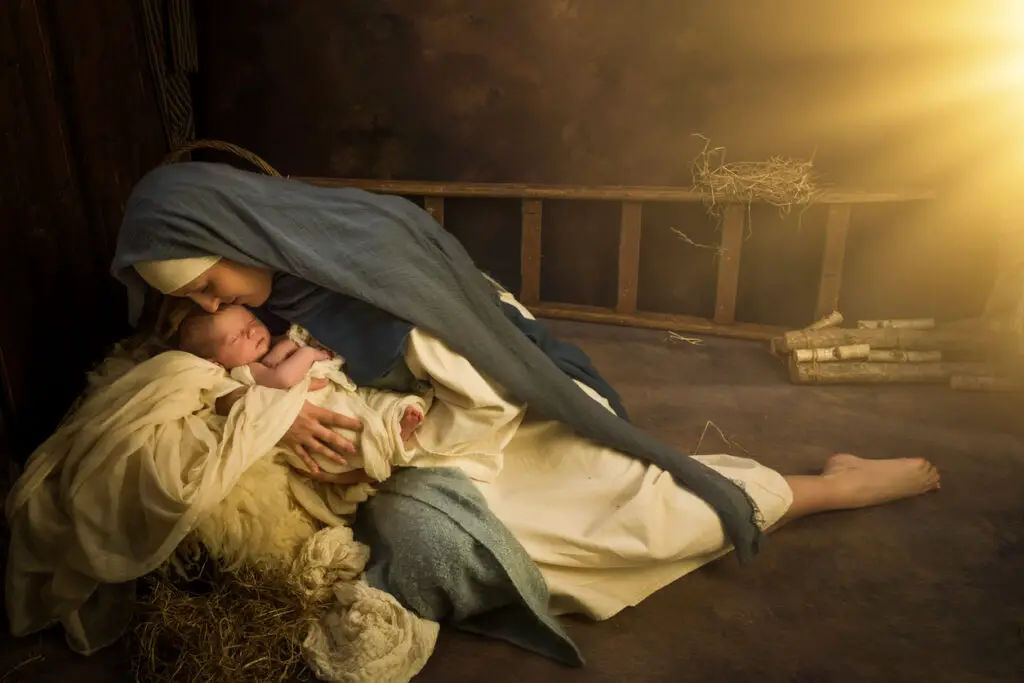
“Hush, Little Baby” is a soothing lullaby that has been sung to countless children at bedtime, its gentle melody making it the perfect song to lull little ones to sleep. The lyrics describe a parent promising a series of increasingly extravagant gifts to a child in an effort to keep them quiet. From a mockingbird to a diamond ring, the song presents an endless string of material comforts, as if love and happiness can be bought with shiny objects. On the surface, it sounds like a sweet song about a devoted parent trying to comfort their baby, but when examined more closely, the lyrics reveal something much less heartwarming.
At its core, “Hush, Little Baby” is a story of desperation, bribery, and the cycle of disappointment. Every item promised comes with a catch—the mockingbird might not sing, the looking glass might break, the horse and cart might fall down. Each gift is ultimately flawed, suggesting that no amount of material possessions can truly bring lasting happiness. The song subtly hints at the empty nature of consumerism, where people constantly chase after new things in search of fulfillment, only to be let down again and again. The lullaby, rather than being a symbol of love and comfort, can be seen as a cautionary tale about misplaced values, false hope, and the never-ending pursuit of external validation.
Click here for more stories like this


